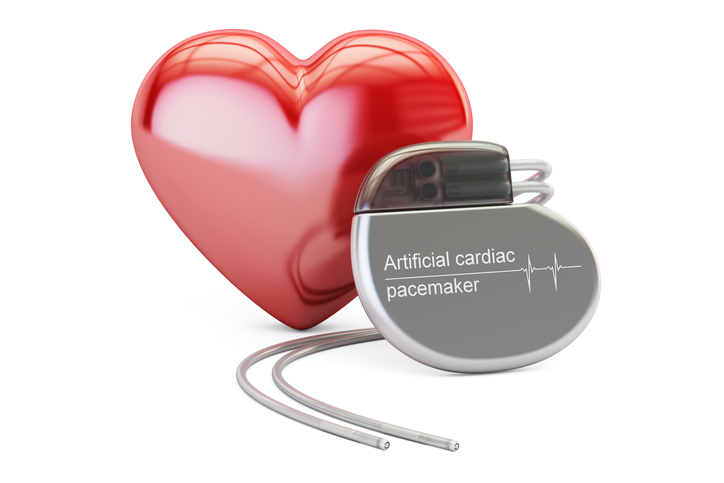For some, the month of February is about expressing love for family, friends, and even co-workers. For others, February is about thawing out from the cold and dark of winter and beginning to realize results from health commitments made in the New Year — to eating a healthier diet, exercising more regularly, and improving overall heart health.
However, for those who have experienced a heart attack, atrial fibrillation, or other heart conditions requiring a pacemaker to assist in maintaining a normal rhythm, February like any other month is a time to focus on the love of one’s work and new heart related concerns. This may seem particularly daunting to those who work around utility lines, strong electrical/medical equipment, or near the potential for a spark, like when welding. Electro-magnetic radiation emanating from these devices may cause electro-magnetic interference (EMI) that can interrupt the pacemaker’s functioning.
Fortunately, advances in occupational safety allow for job accommodations that may not have been possible years ago. The American Radio Relay League (ARRL) provides many suggestions for working around electrical appliances, cellular telephones, medical devices, and when working as arc welders if an individual has a pacemaker.
Due to increased exposure of those with pacemakers to EMI-producing elements in their day to day lives, pacemaker manufacturers have responded with more and better implant protection; however, this cannot protect against all incidents of exposure. For this reason many people using pacemakers also use an EMI detector to warn them of an EMI source above the threshold for their implanted device in the near vicinity. Most individuals will experience only minor and temporary interference with their implants when exposed and this will most often disappear as they move away from the source of the interference.
Employers can assist these individuals who are returning to work by:
- Ensuring electrical appliances and equipment are well-maintained to prevent leakage and sparking;
- Shielding gas-powered generators and gas-powered saws;
- Providing EMI protective gear for these workers;
- Providing electro-magnetic frequency (EMF) blocking/shielding devices and appropriate long-corded, headsets for cellular telephones;
- Allowing the use of an EMI detector and the ability for one to move away from an area if the alarm goes off.
On the JAN Website, you can find additional tips for accommodating people using pacemakers in the workplace.










